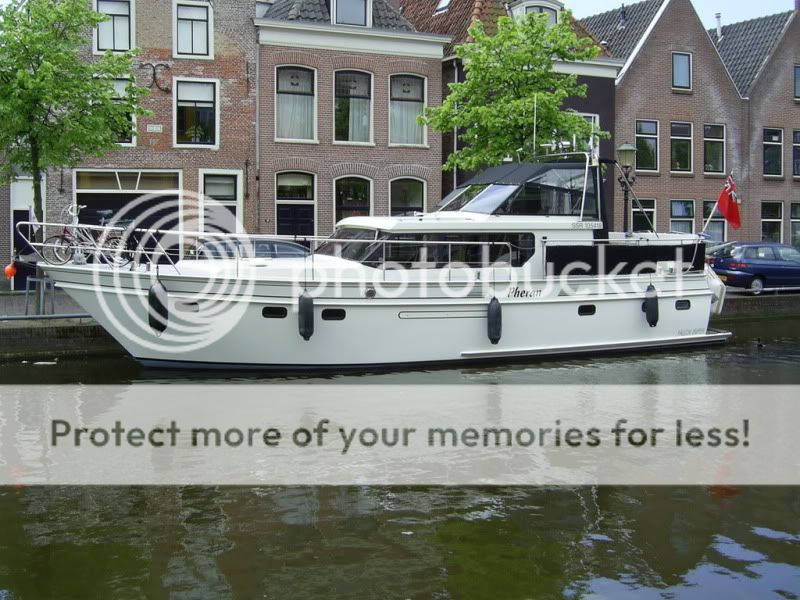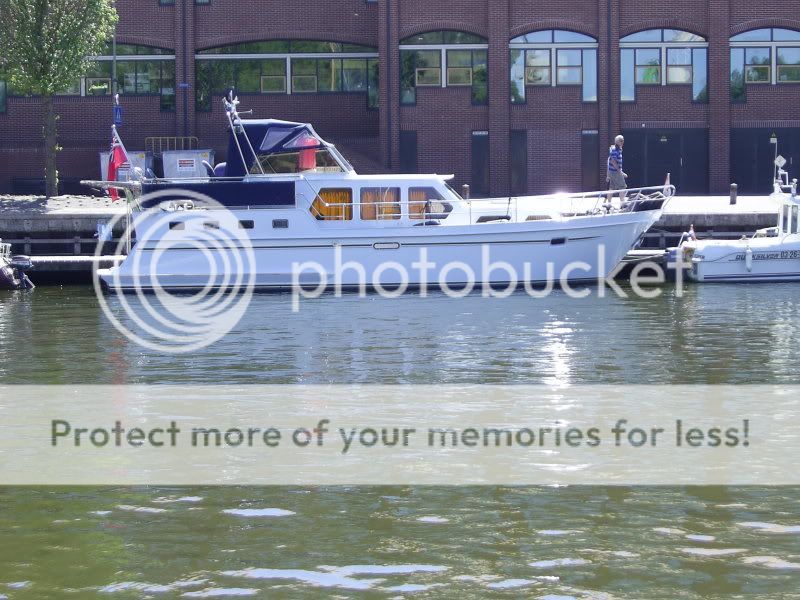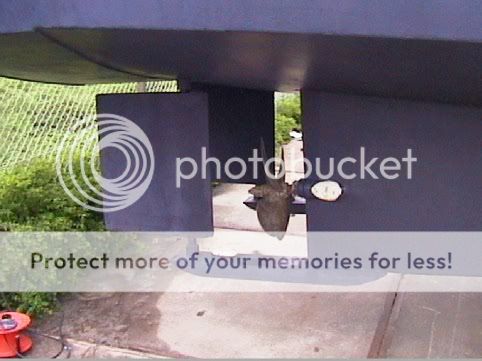coreng
Well-Known Member
Hello,
Anyone experienced rough weather on a 40 feets dutch steel cruiser ? Is rolling acceptable ? Thanks...
Anyone experienced rough weather on a 40 feets dutch steel cruiser ? Is rolling acceptable ? Thanks...
Hello,
Anyone experienced rough weather on a 40 feets dutch steel cruiser ? Is rolling acceptable ? Thanks...
Thats it in a nutshell. We've had two Dutch steel cruisers, the first at 49ft and with twin 200hp Volvos, had been built for coastal/open water cruising and coped very well. The second, at 43ft and a single 145hp motor certainly didn't - lovely boat but I reckon it would have rolled on wet grass! Head or following seas weren't a problem but anything on the beam certainly was!I would say if it's built for the river, it's possibly best left on the river.
Pheran what was the make and model of your last boat? I seem to remember that you posted a pictue quite a long time ago nice looking ship.



Is it just about the thickness of the steel or the CoG or is there something more fundamental in the hull design that I'm missing? If you go and look at the hull of a Nordhavn, you couldn't mistake it for anything else other than heavy seagoing boat with it's deep hull, enormous keel and often a bulbous bow but the Linssen or the current V d Valks or other seagoing Dutch motorboats seem to have fairly shallow flat plated hulls and relatively small keels
